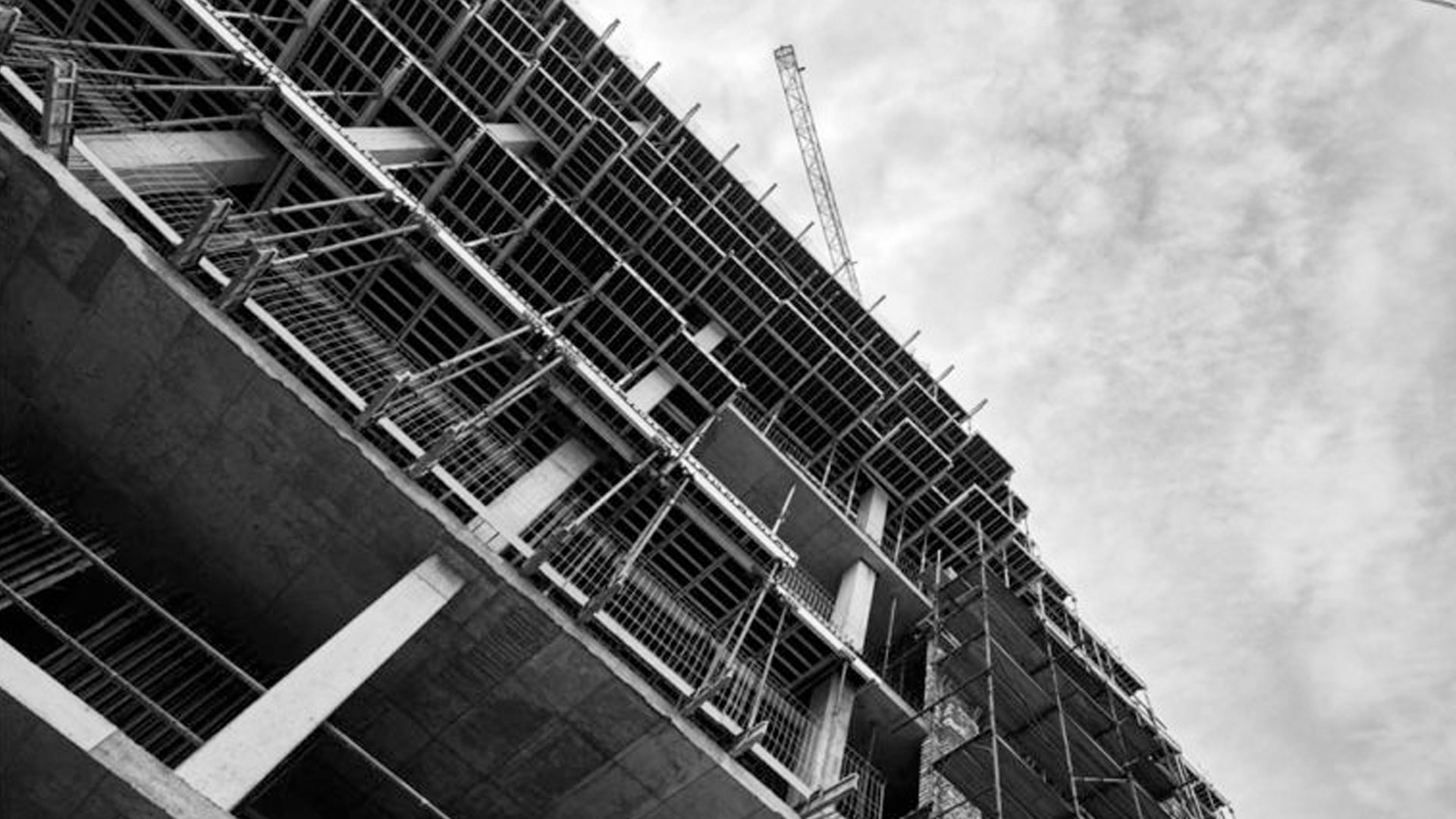Introduction
Often when we recall a project memory, the first thing our minds turn to is the project statistics, such as the project’s size, its complexity, how much it cost or how much more it cost and how much longer it took.
Working on the King Shaka International Airport (‘KSIA’) in South Africa over 10 years ago, was an unforgettable project not because of statistics, but because of the people involved and how teams were created out of spirit, commitment, dedication, toil, and meeting impossible deadlines. Most of all, everyone involved was proud to be part of this project.

The People
It has been over a decade since the first flight landed at KSIA and it was the realisation of many hard-fought hours.
They say that it takes a village to raise a child; in this instance it took over 8,000 dedicated, hardworking team members to build an international airport. An airport capable of receiving 7.5 million passengers within the first 5 years of opening and up to 45 million passengers by 2060.
The project consisted of a diverse team of individuals from all backgrounds and many of those backgrounds being intertwined prior to being recruited onto the project. Some were not fortunate to have had a favourable past and some had spent time in jail, but KSIA gave these people a second opportunity.
"For some people their lives were changed quite dramatically due to the KSIA Project. The crime rate in Waterloo, for instance, had drastically dropped since the start of the Project."
Whilst most of the labour force came from communities close to the project, some were seconded from other provinces and housed nearby. Workers also came from much further up and down the coast, some of which travelled by foot for 2 hours to get to work, others would row across a local dam and then walk, some would wake up at 04:00 in the morning to start work at 05:00 and then they would do the same in reverse to get home at the end of the working day, others moved countries or changed jobs.

"Individuals and families sacrificed so much to ensure that the project was a success."
With the help of the local taxi association, which was supplied with three buses the airport / transport management workers were transported to and from the site each day. Other modes of transport included lift schemes, but those that were particularly energetic, preferred long rides by bike or daily walks covering distances of several kilometres.
Giving people the additional skills also helped to boost the social-economic development of the surrounding areas where the labour force could share their skills and improve the lives of others. Socio-economic changes also included, but not limited to:
- mobile medical resources
- the installation of trauma units in police stations, and
- setting up computer labs and libraries in schools to benefit future generations.
The Project
King Shaka International Airport in numbers:
| Materials | Quantity |
| Runway & Taxiway pavements | 400,000 m2 |
| Terminal Building footprint | 35,000 m2 |
| Terminal Floor Area | 103,000 m2 |
| Earth to be moved | 5.8 million m3 |
| Concrete to be poured | 100,000 m3 |
| Structural Steel to be erected | 4,7000 tonnes |
| Asphalt | 230,000 tonnes |
| Electrical Cabling | 700 km |
The scope of works generally included a trade zone, cargo terminal, fire and rescue, terminal building, control tower, runways, taxiways, aprons, freeway interchange and associated access roads to the airport. Everything considered, about 40 different structures were required to be developed.
All 8,000 people lived and breathed this project without becoming just a number, and achieved target completion on 30 March 2010; a duration of 31 months or a hair over 2.5 years. By comparison, it can take an average of 5 to 7 years to develop, commission and undertake trial operations of a typical airport. Therefore, it was a monumental achievement by everyone involved.
On 1 May 2010, KSIA opened its doors to passengers, and in early 2014, the world’s largest passenger aircraft, the Airbus A380-800, landed at KSIA. Thereby demonstrating the flexibility and capabilities of what KSIA was designed to do.

The Softer Side of KSIA
Absent all structures and statistics, KSIA also had unique environmental challenges. The most memorable of these and one that I have never come across before was the use of a Bird Radar Detection System.
The Bird Rader Detection System is used to provide real-time observations of barn swallow flocks, that use the reed beds, in the Umdloti Valley, to the south of KSIA, to roost. The barn swallows would roost in these reed beds from October to April every year.
The Bird Rader Detection System ultimately provides a clear understanding of the flight patterns of birds, in this instance, focusing on the specific movements of the barn swallows in and around KSIA.
There were also snakes, which are not unique to KSIA or any project for that matter, but unique in the experience they provided.

While some team members were out surveying the site (by car), they heard what sounded like large stones hitting the sides of their vehicle. It turned out that it was black mambas striking the vehicle. Black mambas were a common occurrence on site, estimated to be 4.5 metres long.
Though most would rather eradicate some of the pests encountered the team and many of the labour force learned to respect and care for the environment, realising that the trees and animals should be for their children and their grandchildren to see.
In Summary
As the Change Control Manager on the project, the challenges faced including extreme heat, humidity, so much rain that the Berea Red Sand became dangerously slimy and slippery in wet seasons. The changes experienced, were hereby inevitable, but it was the way the project team and labour force faced those challenges that defined the people, the project, and set the course for a successful project outcome.
About the Author
Eugene is a Chartered Quantity Surveyor with over 15 years of experience in the construction industry, focusing on dispute resolution, quantum analysis, claims preparation and defence, expert witness assistance, cost management, cost control and cost engineering, final account determination and negotiation.



